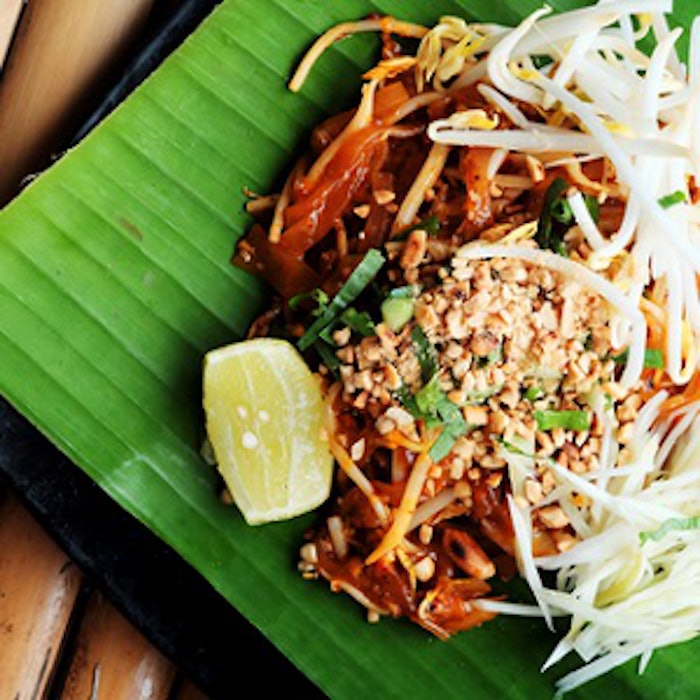
During a recent visit to our headquarters, Perfumer & Flavorist magazine editor Jeb Gleason-Allured developed a banana flavor. We presented him with a group of ingredients that were preselected and diluted to levels that were relatively equal in strength. Gleason-Allured had 10 colors in his palette, all of which belonged in the picture.
The requisite skill set to develop flavors requires knowledge and memory of the taste and aroma of hundreds of ingredients, their solubility, physical characteristics, and effect in combination. This article explores the technical complexity of developing flavors for companies in the current market. Today’s flavorists have thousands of ingredients available for use. Their mastery of the ingredients is the expectation, the rules for entry into the profession, not the measure for their success. As with any learned skill, practice is required for mastery. Our flavor development staff tastes several materials every day. They taste each at different dilutions, smell them on blotters, and then discuss and take notes on their interpretation. The best flavorists we have worked with all have an attribute in common: the uncanny ability to verbalize a description of the ingredients so that others can recognize and remember it.
Developing flavors for incorporation into successful food products is the flavorist’s goal, and their sale is the criteria for success. Unlike the perfumers across the hall, flavorists rarely have the opportunity to create fantasy or whim. Their task is usually to recreate nature or a culinary experience, yet ascertaining the consumer’s expectation is difficult. Without training, consumers know what they like, but rarely can explain differences.










